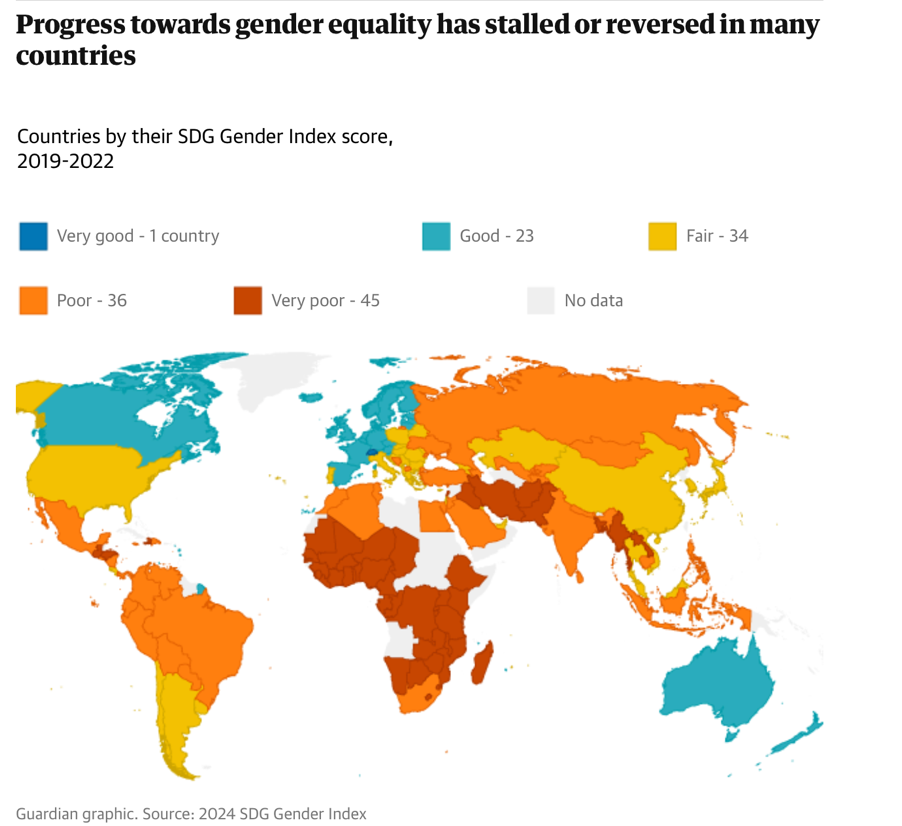Human Trafficking: The Regional Dimension of a Global Problem
- Claire LeBlanc
- Aug 3, 2017
- 3 min read

In 2015, world leaders within the United Nations adopted the Sustainable Development Goals, which are 17 interrelated goals and 169 associated targets to guide global development. The purpose of these goals is to stimulate action in areas of critical importance for humanity and the planet. Sustainable Development Goal (SDG) Target 8.7 calls on the world to “take immediate and effective measures to eradicate forced labour, end modern slavery and human trafficking and secure the prohibition and elimination of the worst forms of child labour, including recruitment and use of child soldiers, and by 2025 end child labour in all its forms.”
This goal is needed to address the crime of human trafficking, which has tragic consequences for its victims who often find themselves unable to escape modern day slavery. A stark example of this can be found in the landmark 2014 investigative report from The Guardian, which found that Thai corporations were trafficking vulnerable migrants into forced labour in the Thai fishing industry to produce the low-cost prawns sold to the major supermarkets in the US and the UK. Three years on since the publication of that report, and despite threats from the EU to ban Thai fishing imports due to inhumane working conditions, human rights groups and activists claim the human rights abuses and complicity and corruption within the Thai government continue.
This kind of exploitation is not exclusive to Thailand: it also occurs in the United Kingdom. In 2004 local gangmasters in North West England trafficked Chinese migrants to work in the cockling industry for little or no pay, and 21 victims lost their lives in the Morecambe Bay when they drowned in the incoming tide. There are several sectors within the UK that are most at risk for forced labour and labour exploitation: domestic work, food processing, agriculture, hospitality, cleaning, care, construction, and criminal activities.
In the UK in 2016, 3,805 people were identified as potential victims of trafficking and referred to British authorities, with 635 cases verified and concluded as human trafficking, according to the latest report from the National Crime Agency (NCA). Of the 3,805 potential victims, 2,053 referrals are still pending decisions from British authorities. The 3,805 potential victims represents a 17% increase in referrals from the 2015 figures. Other key points from the NCA report include the following:
Albanian, UK and Vietnamese nationals are the most commonly reported potential victims;
The most common exploitation type recorded for potential victims exploited as an adult was labour exploitation, which also includes criminal exploitation;
The most prominent exploitation type recorded for potential victims first exploited as a minor was labour exploitation, which includes the sub category of criminal exploitation, such as cannabis cultivation;
Of the 3,805 potential victims referred to the NRM in 2016, 150 were from Scotland, 123 from Wales and 33 from Northern Ireland; the remaining 3,499 were referred from England.
This is just a snapshot of human trafficking, forced labour, and labour exploitation in the United Kingdom. Detected cases are increasing, but human trafficking and its components of forced labour and exploitation remain underreported due to inadequate data collection, reluctance of those affected to come forwarded, and a general lack of awareness among police and other agencies.
*This is the third installment in our #seemefreeme series on human trafficking. Participate in our conversation on Facebook and Twitter using #seemefreeme.
Image courtesy of The Guardian.











Comments